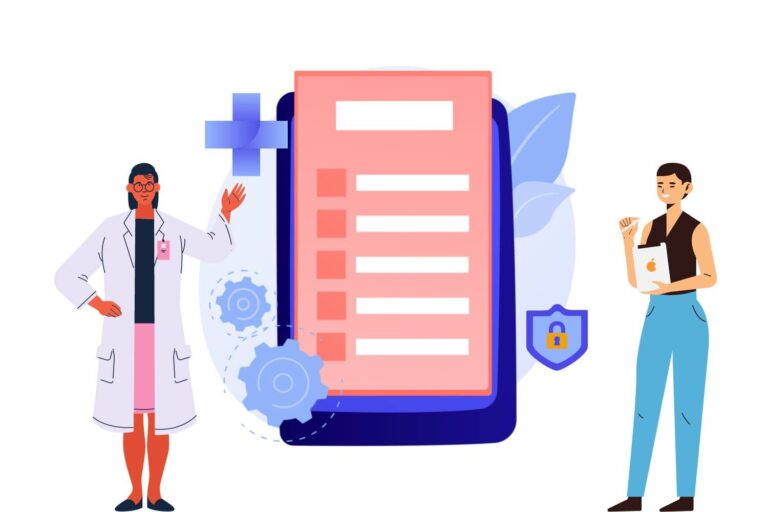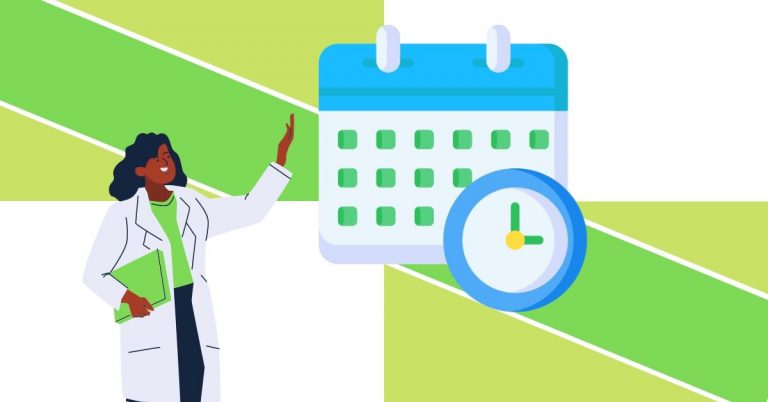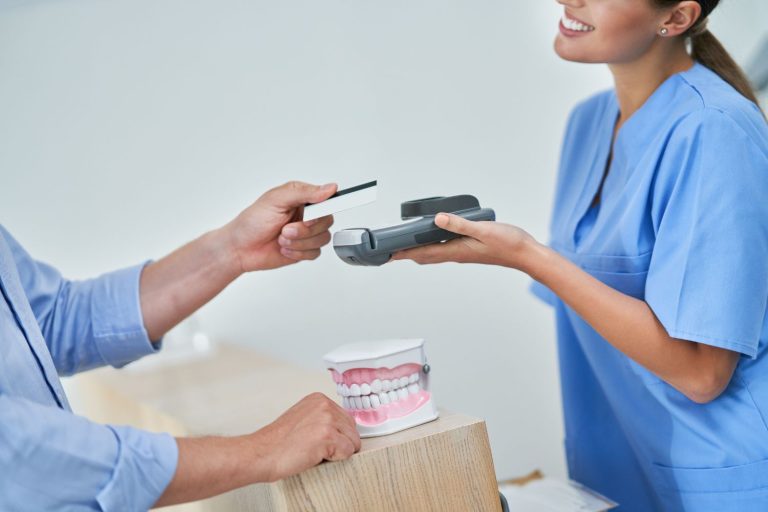What Can A Digital Patient Intake Process Deliver to Your Organization in 2023?
With growing patient expectations and rising staffing challenges, it’s clear that traditional processes no longer work. But, before your practice decides to make the digital journey, it is critical to evaluate how a modern patient intake process can accomplish your operational goals.
Here’s why your practice should prioritize adopting a digital patient intake solution in 2023.
Meeting changing patient expectations
Healthcare consumerism is on the rise. Today, patients expect convenience similar to other industry giants like Amazon and Uber. And not just that, 94% of healthcare patients use online reviews to evaluate providers. Offering a care experience that matches patients’ expectations is now the need of the hour.
A traditional patient intake process has led to longer wait times and patient dissatisfaction. By adopting a digital patient intake process, practices can provide convenience and speed up the check-in process. Here are the digital strategies that help in improving the patient experience.
- Simplify patient self-scheduling: Appointment scheduling is the first level of patient interaction with your practice. However, 42 percent of patients say their biggest scheduling pain point is being put on hold. A digital tool such as self-scheduling allows patients to schedule an appointment from anywhere and at any time. Patients can choose from available slots and pick their preferred provider. Now, that’s the kind of convenience modern consumers expect.
- Setting up convenient check-in modes: Longer wait times have always been a painful challenge for practices. 43% of patients start feeling frustrated when wait times are 20 minutes or longer. And the impact of long wait times is evident. On an average, practices with longer wait times have a star rating below 3. Options like mobile pre-visit registration allows patients to complete intake forms before arriving at the clinic. And for patients arriving directly at the facility, they can use check-in modes like kiosks and handheld devices.
- Improving patient communication: Modern customer communication tools have been used strategically across different industries today. From chatbot-based communication to secure chat, maintaining an open channel between patients and practices helps build better engagement. When your patients can reach your staff without the frustrating phone tag, you will drastically improve the patient experience.
Take cues from other industry verticals to strengthen patient engagement and improve satisfaction. For example, personalization has become the biggest marketing driver to bring targeted results. Using a combination of patient intake software and digital tools, your practice can meet patient expectations and ensure better intake experience.
Solving staff challenges
Earlier, practices gave more relevance to patient expectations compared to their staff. However, with rising competition and staffing shortage, practices must treat their patients and staff equally. A digital patient intake process can help you address staff challenges and alleviate their administrative burden.
25% of a clinician’s time is spent on paperwork. Continuing with a similar traditional process can cost your practice now more than ever. Here’s how digital workflows and automation can help:
- Eliminate manual data entry: Paper forms and manual data entry are the foundations of a traditional patient intake. But, with this process comes a heavy administrative burden. The staff has to transcribe data from paper forms manually. A digital approach automates data capture, thereby eliminating huge manual entry and saving hours of time.
- No more scanning and duplication: Patient data is accessed by multiple care teams – from the front office to the provider. And to ensure this, practices follow scanning and duplication efforts. Using a digital platform, relevant teams can access patient data easily. Also, an integrated solution such as CheckinAsyst captures and posts patient data back to your EHR. Time savings will be huge for both your medical assistants and front office staff.
- Better patient care: Research has found that doctors spend two hours on administration for every hour of face-to-face time with a patient. By taking off the heavy lifting from your staff’s shoulder, your team can focus on interacting with your patients.
Impact on your healthcare organization
When your patients’ and staff’s expectations are met, the obvious impact will fall on your operations. Less wait time and better provider interaction can drastically improve your patient satisfaction. And with less administrative burden, your staff will be better focused on delivering quality care.
What’s more, a digital patient intake process minimizes paper-based costs and improves staff productivity. Your organization can achieve more efficiently with a leaner team.
All of these benefits translate to improved revenue opportunities and better health outcomes. Your organization will be able to increase patient volumes and have the right tools to meet the increasing demands.
Launching your digital patient intake journey
With the increasing adoption of a digital front door strategy, practices need to assess their organizational needs to create a unique digital front door. Rather than following a herd mentality and adopting a complete solution, understand your goals and the tools can help you achieve them. This way, your practice can derive maximum ROI by switching to a digital approach.
Here’s a quick guide on the top factors you should consider while evaluating a digital solution. Schedule a demo with our product specialists to know how CheckinAsyst can help you in this digital journey.


![Great [Patient] Expectations](https://www.healthasyst.com/checkinasyst/wp-content/uploads/2021/06/Great-Patient-Expectations-768x510.jpg)




